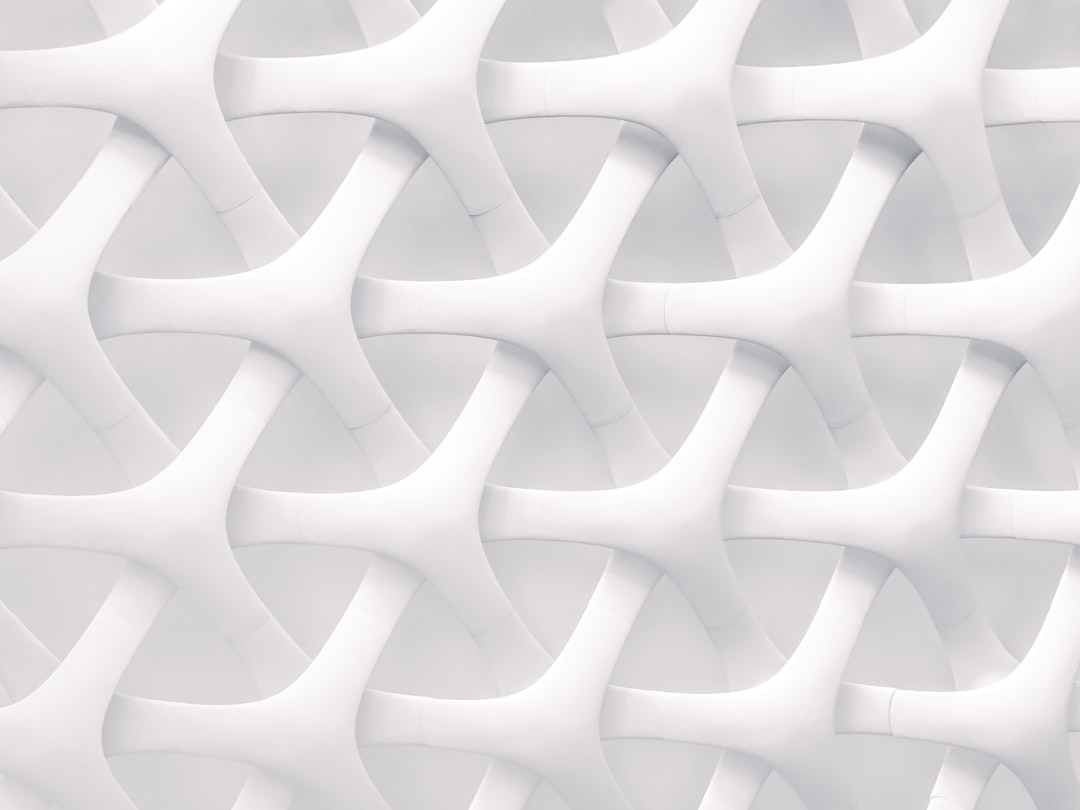What is it about?
Metallic NPs decorated on the side walls of the dielectric nanostructures is one of the high performance Surface enhanced Raman spectroscopy (SERS) substrates. However, exciting electromagnetic waves leads to a photobleaching (PB) effect. The PB at resonance limits the measured high Raman signal enhancement factors (RS-EF). In this work, the PB effect on the RS-EF of SiNW structures with high concentration of hot spots is investigated. The PB effect of crystal violet (CV) as analyte molecules is investigated under each given experimental condition (power and time). The excitation power is optimized for achievement of minimum PB effect, while all information signals are detectable.
Featured Image
Why is it important?
since Raman spectroscopy is a powerful analysis technique for identification and characterization of biological and chemical materials because it can provide simultaneously the structural and quantitative information. however analyte molecules are depredated by exciting light and consequently fluorescence and Raman signal decreases so limits the measured high Raman signal enhancement factors. So, it is necessary that investigate the impact of photobleaching effect on the various substrates.
Read the Original
This page is a summary of: Surface-enhanced Raman spectroscopy of dye molecules on Ag-modified silicon nanowire substrates: influence of photoinduced probe degradation on enhancement factors, Journal of Raman Spectroscopy, July 2017, Wiley,
DOI: 10.1002/jrs.5186.
You can read the full text:
Contributors
The following have contributed to this page










